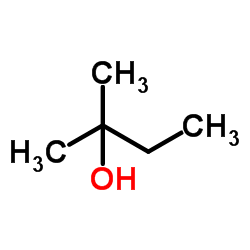| 结构式 | 名称/CAS号 | 全部文献 |
|---|---|---|
 |
3,3-二甲基-2-丁醇
CAS:464-07-3 |
|
 |
叔戊醇
CAS:75-85-4 |
| 结构式 | 名称/CAS号 | 全部文献 |
|---|---|---|
 |
3,3-二甲基-2-丁醇
CAS:464-07-3 |
|
 |
叔戊醇
CAS:75-85-4 |